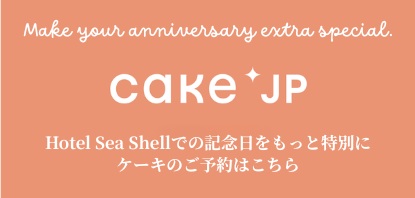| Standard room facilities | Air conditioner, Simmons mattress, down quilt, washroom, TV, refrigerator, air purifier with humidification function, hot water pot, hair dryer
|
|---|
| hot spring | Shimoda Onsen (free-flowing hot-spring water) * Artificial hot-spring water not included
Private natural hot spring open-air bath
SATAR.
Concept : From a cave-like indoor bath inspired by Mykonos Island in the Mediterranean Sea, a tunnel leads to a sleeping bath where you can look up at the starry sky.
SAKURA
Concept : Open the peek-a-boo windows of the open-air bath, which is designed to look like a cabin on a cruise ship, and you can admire the Shirahama and Kawazu cherry blossoms in early spring. In summer, you can also enjoy the magnificent view of Mt.
Indications:
1. spring quality simple hot spring (hypotonic, slightly alkaline, high temperature)
2. contraindications, indications, etc. based on the spring quality of the therapeutic spring classification are as follows
(1) Contraindications for bathing Acute illness (especially with fever), active tuberculosis, malignant tumors, serious heart disease, respiratory failure, renal failure, hemorrhagic disease, severe anemia, other generally progressive illness, pregnancy (especially early and late stages)
(2) Bath indications Neuralgia, muscle pain, joint pain, stiff shoulders, motor paralysis, stiff joints, bruises, sprains, chronic digestive diseases, hemorrhoids, sensitivity to cold, convalescence, fatigue, health promotion
(3) General precautions for bathing
a. The number of times a person may take a hot spring bath. When starting onsen therapy, the number of baths should be limited to about once per day for the first few days. After that, the number of times should be limited to two or three times per day.
A. The period of time required for spa treatment shall be approximately 2 or 3 weeks. The period of time required for spa treatment shall be approximately 2 or 3 weeks.
c. The first day after the start of hot spring treatment, the patient may experience hot water rash. Hot-spring cure may cause a reaction to the hot spring water (hot-spring rash or bath reaction) approximately 3 days to 1 week after the start of hot-spring cure. During this period, the frequency of bathing should be reduced or the bathing should be stopped, and the symptoms of hot-spring rash should be allowed to recover.
D. The following points should be taken into consideration when taking a bath. In addition to the above, the following points should be observed when bathing
(a) Bathing time varies depending on the temperature of the bath, but should be 3 to 10 minutes at first, and may be extended as the patient becomes accustomed to the bath.
(a) In general, the patient should be at rest while bathing, except in the case of an exercise bath.
(c) After bathing, do not use water to rinse off hot spring ingredients that have adhered to the body (for those prone to sores, it is advisable to wash the body with fresh water or wipe off hot spring ingredients after bathing).
(d) After taking a bath, be careful not to allow the water to cool down, and keep the patient at rest for a certain period of time.
(e) In principle, high temperature baths (42°C or higher) are contraindicated for the following diseases a. High arteriosclerosis Severe arteriosclerosis b. Hypertension Hypertension c. Heart disease Heart disease
(F) Sudden entry into a hot spring may cause dizziness, etc., so be very careful.
(k) Bathing immediately before or after a meal should be avoided.
(k) Take special care when taking a bath after drinking alcohol.
|
|---|



